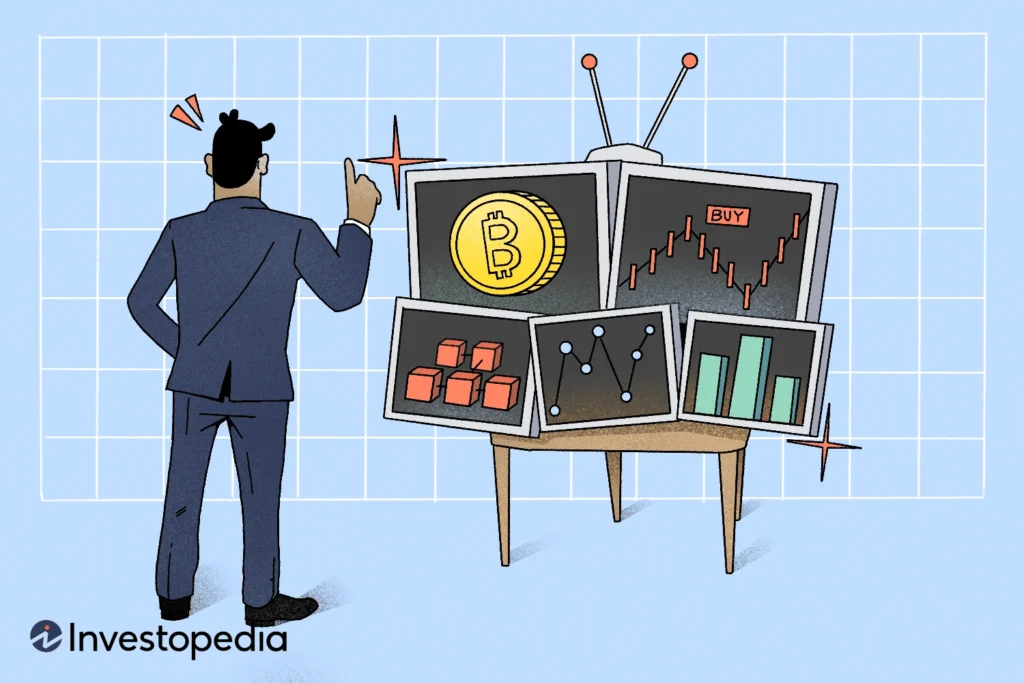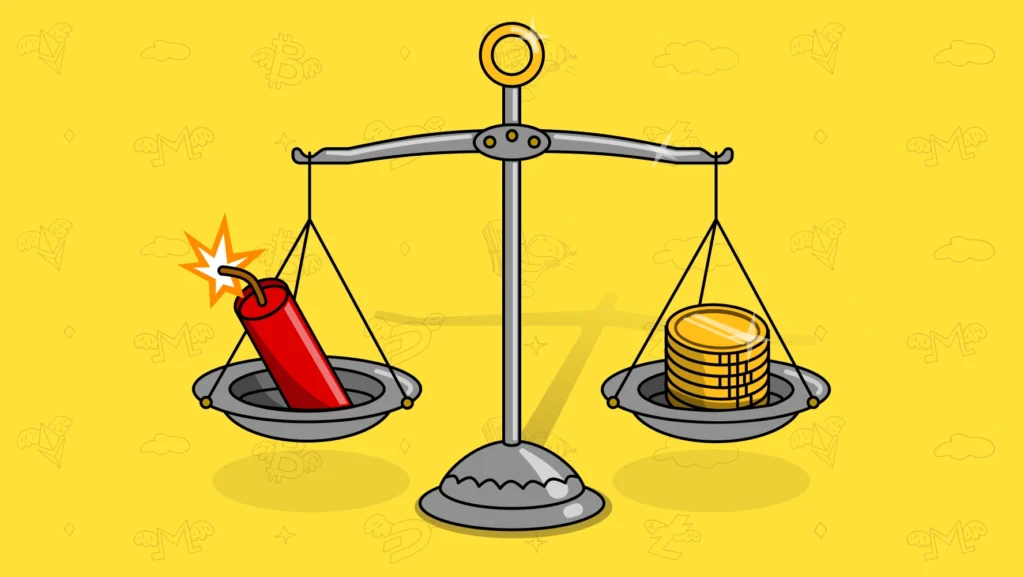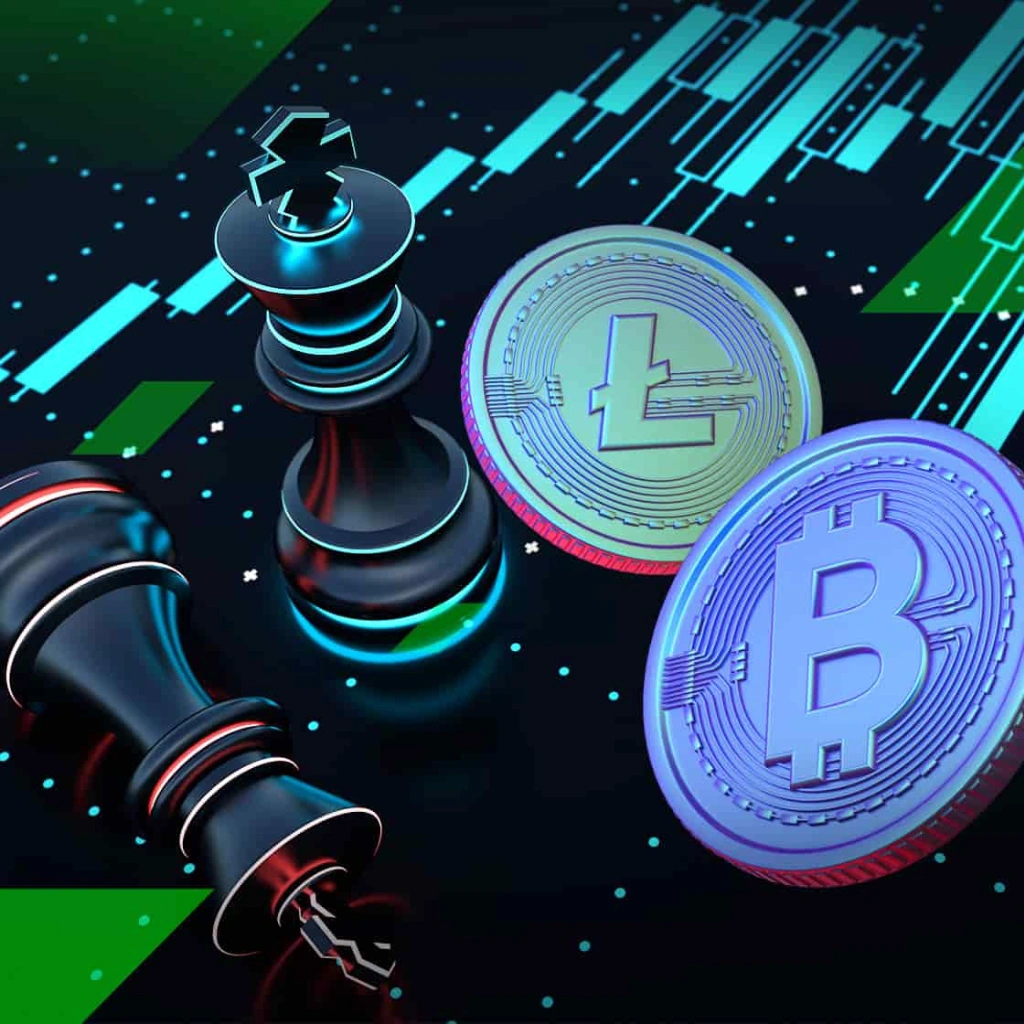What happens when you choose spot vs futures as your primary trading approach? For new and experienced traders alike, this question carries weight. These two methods behave differently—one favors immediacy, the other demands planning. Let’s imagine two paths: one where you go all-in on spot, and another where you fully commit to futures.
Scenario 1: You Only Trade Spot—What Happens?
You’re buying assets directly, with no strings attached.
Say you decide to stick to spot trading. You log in to your exchange, buy Bitcoin at the current market price, and it’s yours. The trade settles instantly, and you hold the actual asset. This gives you full control and transparency—you see the price, you accept it, and the asset enters your portfolio.
Now the market drops. There’s no leverage here, so your loss is limited to your initial investment. On the flip side, if the price skyrockets, you profit—but only on what you actually hold. There’s no amplification of returns, and no hedging mechanisms.

Scenario 2: You Only Trade Futures—What Then?
You’re trading contracts, not assets—and using leverage to do it.
Now imagine you focus entirely on futures. You don’t actually own Bitcoin or oil—you’re entering agreements to buy or sell them later. Your trades are backed by margin, so you’re controlling large positions with a small fraction of capital.
The benefit? Big moves can mean big gains. But futures work both ways. If the market turns against you, you don’t just lose your margin—you can be liquidated or owe more than you started with. Timing and strategy become everything, and your risk management needs to be airtight.

Spot vs Futures: Which Handles Volatility Better?
Spot offers simplicity, while futures offer strategic flexibility.
Let’s say the market is chaotic. Spot traders usually respond by holding or selling—there’s not much room for mid-trade adjustment. The simplicity is helpful, especially if you’re not monitoring markets full-time.
Futures traders, on the other hand, have more tools. You could hedge your spot holdings with futures contracts. Or go short during downturns. But this flexibility comes with stress, margin calls, and the need for constant monitoring.

Spot vs Futures: What If You Want to Minimize Risk?
Spot trading limits exposure—futures can escalate it.
If your top priority is capital preservation, spot trading gives you an advantage. You only lose what you put in—unless you voluntarily add leverage via external borrowing.
In contrast, futures contracts increase both risk and reward. A small miscalculation in a leveraged trade could mean fast losses, especially in highly volatile sectors like crypto or commodities. This makes futures more suited to experienced or institutional traders with the capacity to manage layered risk.

Spot vs Futures: What If You’re in It for the Long Haul?
Spot supports long-term investing; futures favor short-term tactics.
If your strategy is to build wealth over time, spot trading may suit you better. You’re holding actual assets that could appreciate, and there’s no contract expiration to worry about.
Futures are designed for active management. Contracts expire, prices fluctuate, and positions must be adjusted frequently. You can still profit long-term, but it requires a very hands-on, tactical approach.

Final Thoughts: Choosing Between Spot vs Futures Isn’t Just About Preference—It’s About Outcome
So, what if you choose one over the other? With spot trading, you gain ownership, simplicity, and clear limits on risk. With futures, you gain leverage, advanced tools, and the power to manage markets in both directions—but with more risk and complexity.
The takeaway? You don’t need to pick just one forever. But knowing what each path offers—and demands—can help you choose smarter today.
Relevant news: here




